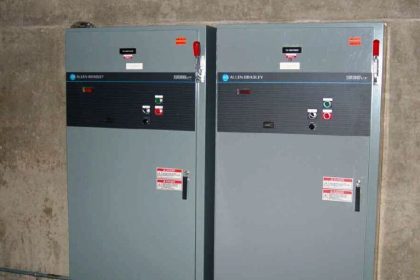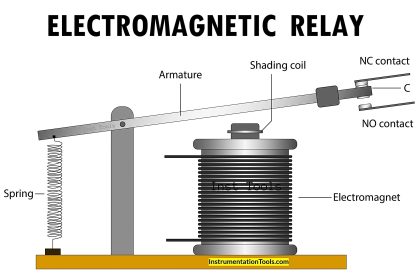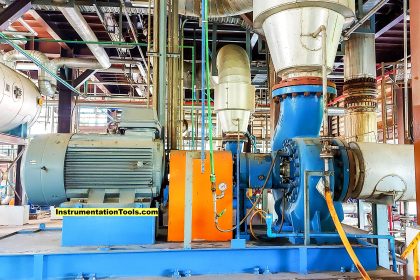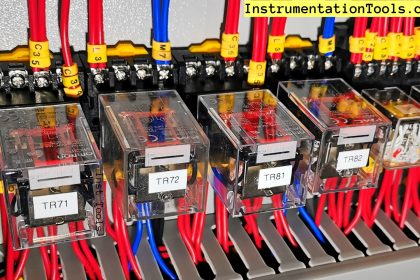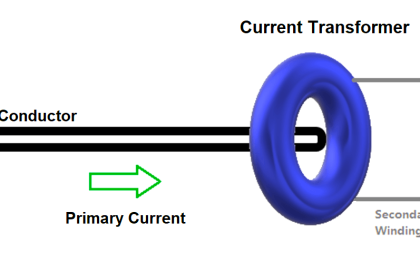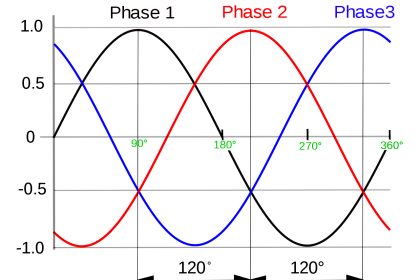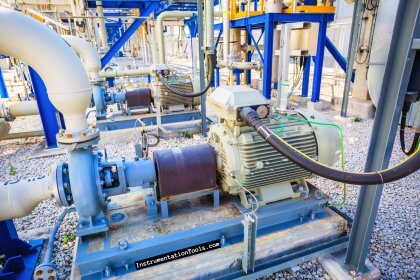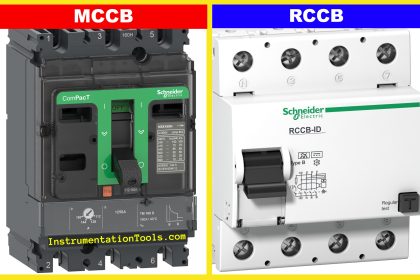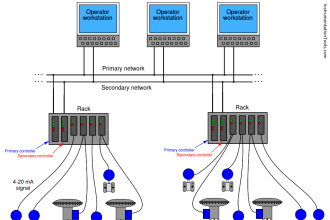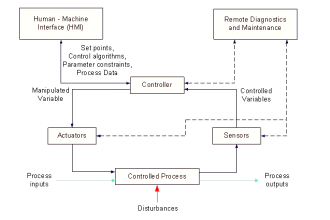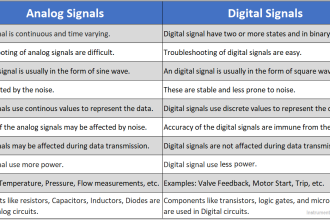A protective relay is a device that monitors system conditions like amps, volts, etc., using CTs and PTs and reacts to the detection of abnormal conditions.
Protective Relay Principle
A protective relay is an electrical component that is designed to trip a circuit breaker when a fault is encountered or identified.
The protective relay compares the actual real-time values against preset threshold values and sends electrical control signals to trip circuit breakers to clear an abnormal condition on the equipment it is protecting, alarm indications are sent to system control and sometimes other protection operations are initiated.
Types of Protective Relays
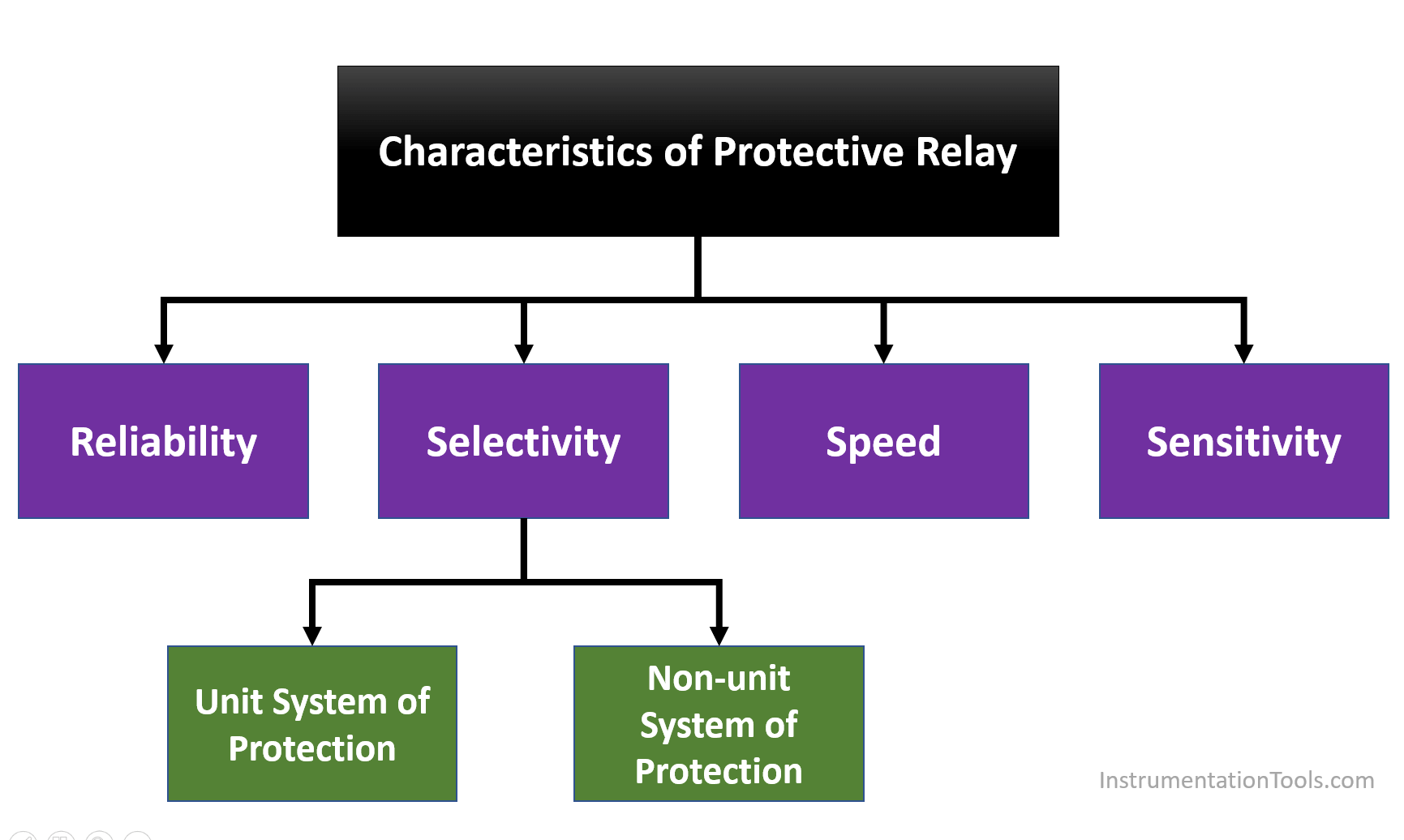
A protective relay is required to satisfy four basic applicable functional characteristics:
- Reliability
- Selectivity
- Speed
- Sensitivity
Reliability
The relay should be reliable as a primary requirement. It must operate when it is required. There are various components that go into operation before a relay operates.
Hence, every component and circuit which is involved in the operation of the relay plays an important role; for example, the absence of suitable current and voltage transformers may result in unreliable operation.
Since the protective relays remain idle most of the time on the power system, proper maintenance will play an important role in improving the reliable operation of the relay.
In-separable reliability is a matter of design based on long experience. This can be achieved partly by:
- Simplicity and robustness in construction.
- High contact pressure.
- Dust-free enclosures.
- Good contact material.
- Good workmanship.
- Careful maintenance.
Selectivity
It is the basic requirement of the relay in which it should be possible to select which part of the system is defective and which is not.
It should isolate the faulty part of the system from the healthy one.
Selectivity is achieved in two ways:
- Unit system protection
- Non-unit system of protection
Unit system of protection
In this type of system, the protection responds only to faults within its own area and does not make note of the conditions somewhere else.
Faults occurring elsewhere in the power system have no influence on the unit system and they are neglected.
Unit-type systems protect a specific area of the system.
Example:
The differential protection of transformers, transmission lines, bus bars, and generators.
Here the protection scheme will work only if the fault is in the transformer, bus bar, or the generator, transmission line relay separately.
Non-unit system of protection
In this system, the selectivity is obtained by the current settings of the relays at different locations, have no boundaries.
Protect their own designated areas and as well as zones overlapped also require protection.
All of which may respond to a generated fault.
Speed
A protective relay must operate at the speed it is required at. It should neither be too slow which can lead to damage to the equipment nor should it be too fast which can end in undesired operation during transient faults.
The shorter the time that a fault is allowed to persist on the system, the more load are often transferred between given points on the facility power system without loss of synchronization.
Sensitivity
A relay should be enough sensitive so that it operates reliably. It is expressed in terms of minimum volt-amps required for the relay operation.
Sensitivity depends on the settings we do for the protective relay to act.
Advantages of Protective Relays
- Protective relay continuously monitors power system condition.
- Improves system performance, system stability, system reliability.
- Disconnects the faulty parts as quickly as possible, so as to minimize the damage to the fault parts themselves.
- Detect system failures when they occur and isolate fault areas from the rest of the system.
- Minimize risk of fire
- Provide safety and protect people working on the system.
Applications of Protective Relays
Overcurrent Protection
It is used for the protection of distribution lines, large motors, equipment, etc.
Distance Protection
It is used for protection of Transmission or sub-transmission lines.
Carrier-current Protection
It is used for the protection of the Extra High Voltage (EHV) and Ultra High Voltage (UHV) line.
Differential Protection
It is used for the protection of transformers, generators, motors of very large size, bus zones, etc.
Reference: Power Systems Protection and Switchgear by Badri Ram, D.N Vishwa Karma 2001.
Read Next:
- Circuit Breaker Quiz
- Circuit Breaker Animation
- Oil Circuit Breakers
- How to Select a Fuse?
- What is Auto Reclosing?
